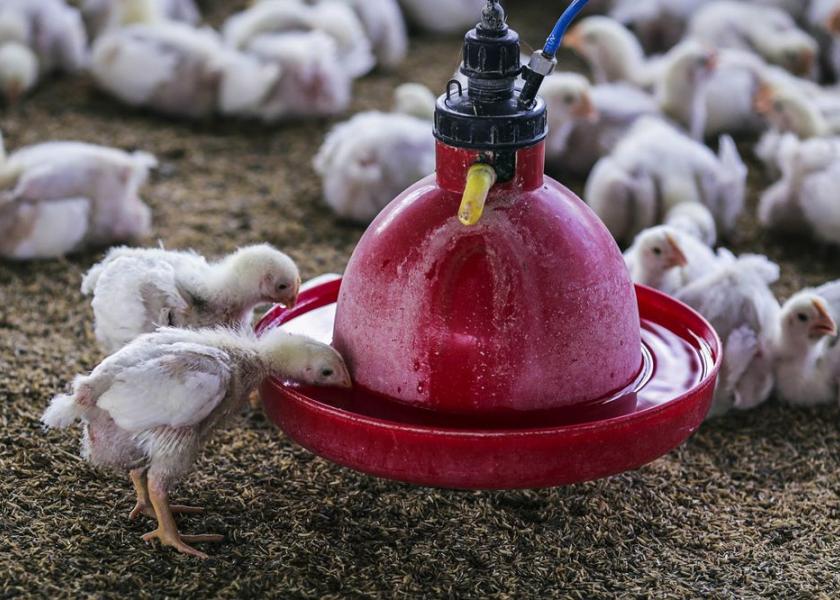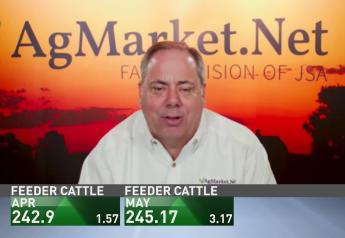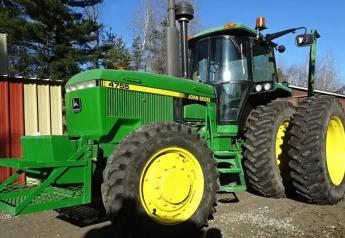Highly Pathogenic Avian Influenza Reported in Illinois, Iowa and Kansas

Highly pathogenic avian influenza (HPAI) has now been confirmed in Iowa, Kansas and Illinois. USDA's Animal and Plant Health Inspection Service (APHIS) has confirmed the presence of HPAI in a backyard mixed species poultry flock in Franklin County, Kan., a non-commercial backyard flock (non-poultry) in Mclean County, Ill., and a commercial flock of layer chickens in Taylor County, Iowa.
“While this additional case of HPAI is not unexpected, we have prepared for this and are working closely with USDA and livestock producers to control and eradicate this disease from our state,” said Iowa Secretary of Agriculture Mike Naig in a release. “This is a difficult time for poultry producers. We will continue to support them and emphasize the need for strict biosecurity on farms and around poultry to help prevent the spread of this disease.”
APHIS is working closely with state animal health officials on joint incident responses. State officials quarantined the affected premises, and birds on the properties will be depopulated to prevent the spread of the disease. Birds from the flocks will not enter the food system.
According to the U.S. Centers for Disease Control and Prevention, the recent HPAI detections do not present an immediate public health concern. No human cases of these avian influenza viruses have been detected in the U.S., USDA reports. As a reminder, the proper handling and cooking of all poultry and eggs to an internal temperature of 165 ˚F is recommended as a general food safety precaution.
As part of existing avian influenza response plans, federal and state partners are working jointly on additional surveillance and testing in areas around the affected flocks. The U.S. has the strongest AI surveillance program in the world, and USDA is working with its partners to actively look for the disease in commercial poultry operations, live bird markets and in migratory wild bird populations.
USDA encourages anyone involved with poultry production from the small backyard to the large commercial producer to review their biosecurity activities to assure the health of their birds. APHIS has materials about biosecurity, including videos, checklists and a toolkit available here.
In addition to practicing good biosecurity, all bird owners should prevent contact between their birds and wild birds and report sick birds or unusual bird deaths to state and federal officials, either through their state veterinarian or through APHIS’ toll-free number at 1-866-536-7593. APHIS urges producers to consider bringing birds indoors when possible to further prevent exposures. The Animal Health Protection Act authorizes APHIS to provide indemnity payments to producers for birds and eggs that must be depopulated during a disease response. APHIS also provides compensation for disposal activities and virus elimination activities. Additional information on biosecurity for backyard flocks can be found at http://healthybirds.aphis.usda.gov.







